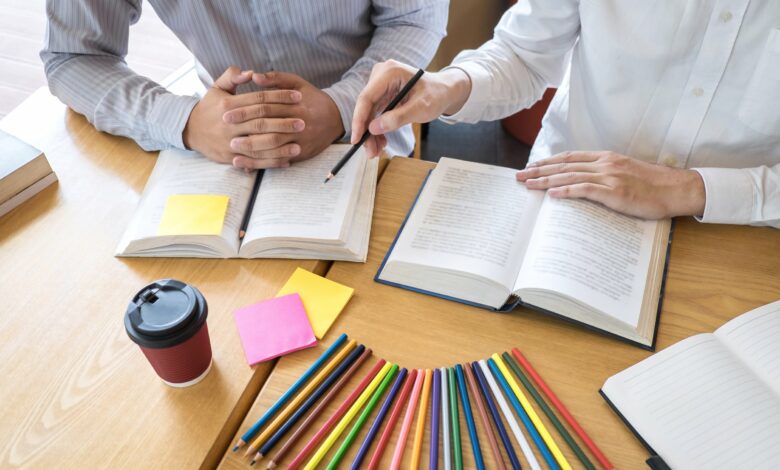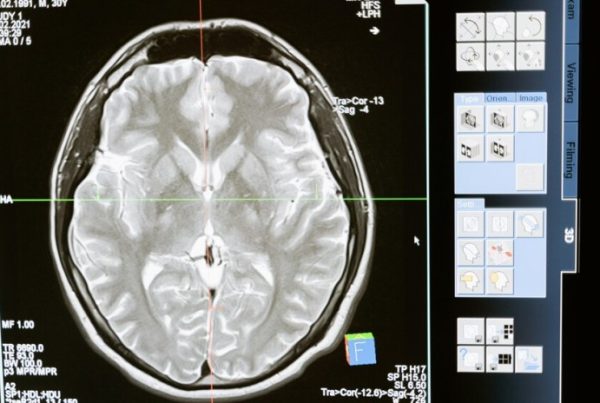The Power of Multisensory Learning by Natasha Joao, educator and HOD at Bellavista School
Over the last few years, as teachers and parents, we’ve heard the buzzword ‘multisensory teaching and intervention’, but what does it mean, and why should we be making the shift towards this?
What is Multisensory learning?
Multisensory learning means incorporating and combining two or more senses into a child’s learning when information is presented. Senses include auditory, visual, tactile (touch), smell and taste. In most classrooms, auditory and visual (listening and speaking) are most used. Visual teaching techniques are when learning occurs through watching, whereas auditory learning is through hearing sounds. Tactile learning involves the sense of touch. Kinesthetic learning involves physical body movement. Olfactory and gustatory is the use of smell and taste in learning.
What are the benefits of Multisensory learning?
Multisensory learning has a deep history in pedagogy and links to neuroscience, specifically the neuron development in the brain. Multisensory learning activates the whole brain as multiple senses are engaged, which means that different areas of the brain are involved. This way of learning enables more neuron connections to be developed with new knowledge, enhancing understanding, and allowing for better recall of the new concept or skill being taught. This is due to the added benefit of establishing meaningful connections in the brain, hence building a deeper understanding of concepts, and reinforcing memory. Multisensory learning promotes inclusivity, engagement, fun and motivation within the classroom, as well as each individual learner.
Multisensory learning is particularly valuable to children who experience learning difficulties such as ADD (attention deficit disorder) and Dyslexia, as it meets most children’s needs. Children display unique preferences for different learning styles. The use of multisensory learning allows all children to learn in a way that suits them best which means that everyone benefits. Multisensory learning does not need to be included in every lesson, but should form a large base of a teacher’s classroom practice.
How can I incorporate Multisensory learning?
Multisensory teaching highlights the need for hands-on learning. In the early school years (Nursery school and Foundation Phase classrooms), this learning strategy is used more frequently. In these grades, numeracy is often taught using concrete manipulatives such as blocks or counters, and phonics skills are developed by using materials such as magnetic letters to build and decode words. Teachers use the ‘sensory triangle’ where three senses are incorporated into learning, such as saying a letter sound (auditory), tracing the letter (tactile/kinesthetic) and looking (visual) as it is done. This can be enhanced further by using something tactile, like sand to trace the letter, including the sense of touch too. Teachers may ask children to incorporate movement by getting learners to tap out or hop to each sound in a word as they hear it, or even form the letter they are learning about with their bodies.
Multisensory learning encourages a shift away from teaching that focuses on auditory and visual processing. It promotes the use of three sensory pathways by utilising multiple areas of the brain to make learning connections. Multisensory learning is suitable for use across all ages and grades and teachers should be embracing this way of teaching across the entire school system. It is a simple remedy that makes the world of difference.
For more information, visit www.bellavista.org













